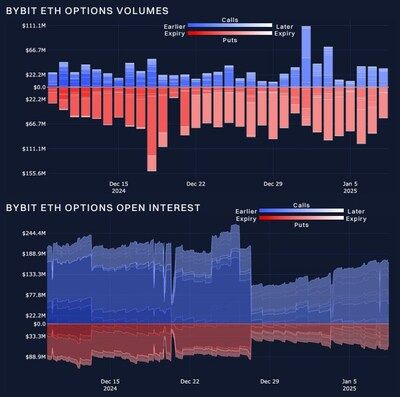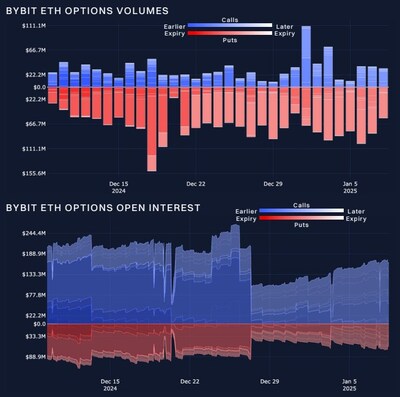Nano Labs Subsidiary Nano bit and BitFi Enter Strategic Partnership to Revolutionize Bitcoin Asset Management
HONG KONG, Jan. 10, 2025 /PRNewswire/ — Nano Labs Ltd (Nasdaq: NA) (“we,” the “Company,” or “Nano Labs“), a leading fabless integrated circuit design company and product solution provider in China, today announced that the Company through Nano bit HK Limited (“Nano bit”), its wholly-owned subsidiary, entered into a partnership (the “Partnership”) with BitFi, a leading cryptocurrency asset management platform, jointly developing innovative Bitcoin asset management solutions. The Partnership marks a new chapter in Nano Labs’ global technological innovation and strategic ecosystem development.
As part of this strategic initiative, Nano Labs agrees to adopt Bitcoin as a long-term strategic reserve asset, with Nano bit responsible for the management and operation of these assets. BitFi, serving as the Company’s professional partner, agrees to provide comprehensive solutions, including asset custody, quantitative management, and value-enhancing strategies, to ensure the security and profitability of such reserve assets.
The Partnership not only signifies a new phase in Nano Labs’ strategic engagement with the Bitcoin ecosystem but also underscores BitFi’s technical expertise and leadership in cryptocurrency asset management. By leveraging their complementary strengths, the two companies aim to advance the development of the Bitcoin ecosystem and drive sustainable growth across the industry.
About Nano Labs Ltd
Nano Labs Ltd is a leading fabless integrated circuit (“IC”) design company and product solution provider in China. Nano Labs is committed to the development of high throughput computing (“HTC”) chips, high performance computing (“HPC”) chips, distributed computing and storage solutions, smart network interface cards (“NICs”) vision computing chips and distributed rendering. Nano Labs has built a comprehensive flow processing unit (“FPU”) architecture which offers solution that integrates the features of both HTC and HPC. Nano Lab’s Cuckoo series are one of the first near-memory HTC chips available in the market*. For more information, please visit the Company’s website at: ir.nano.cn.
* According to an industry report prepared by Frost & Sullivan.
Forward-Looking Statements
This press release contains forward-looking statements within the meaning of Section 21E of the Securities Exchange Act of 1934, as amended, and as defined in the U.S. Private Securities Litigation Reform Act of 1995. These forward-looking statements include, without limitation, the Company’s plan to appeal the Staff’s determination, which can be identified by terminology such as “may,” “will,” “expect,” “anticipate,” “aim,” “estimate,” “intend,” “plan,” “believe,” “potential,” “continue,” “is/are likely to” or other similar expressions. Such statements are based upon management’s current expectations and current market and operating conditions, and relate to events that involve known or unknown risks, uncertainties and other factors, all of which are difficult to predict and many of which are beyond the Company’s control, which may cause the Company’s actual results, performance or achievements to differ materially from those in the forward-looking statements. Further information regarding these and other risks, uncertainties or factors is included in the Company’s filings with the Securities and Exchange Commission. The Company does not undertake any obligation to update any forward-looking statement as a result of new information, future events or otherwise, except as required under law.
For investor inquiries, please contact:
Nano Labs Ltd
ir@nano.cn
Ascent Investor Relations LLC
Tina Xiao
Phone: +1-646-932-7242
Email: investors@ascent-ir.com
![]() View original content to download multimedia:https://www.prnewswire.com/news-releases/nano-labs-subsidiary-nano-bit-and-bitfi-enter-strategic-partnership-to-revolutionize-bitcoin-asset-management-302347784.html
View original content to download multimedia:https://www.prnewswire.com/news-releases/nano-labs-subsidiary-nano-bit-and-bitfi-enter-strategic-partnership-to-revolutionize-bitcoin-asset-management-302347784.html
SOURCE Nano Labs Ltd

Featured Image: depositphotos @ SectoR_2010











